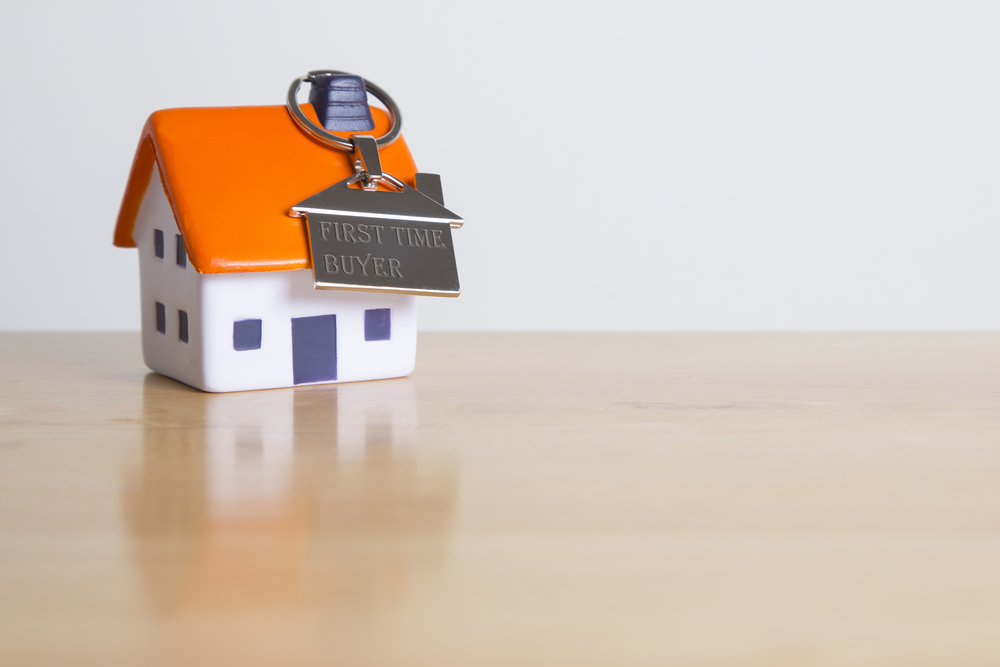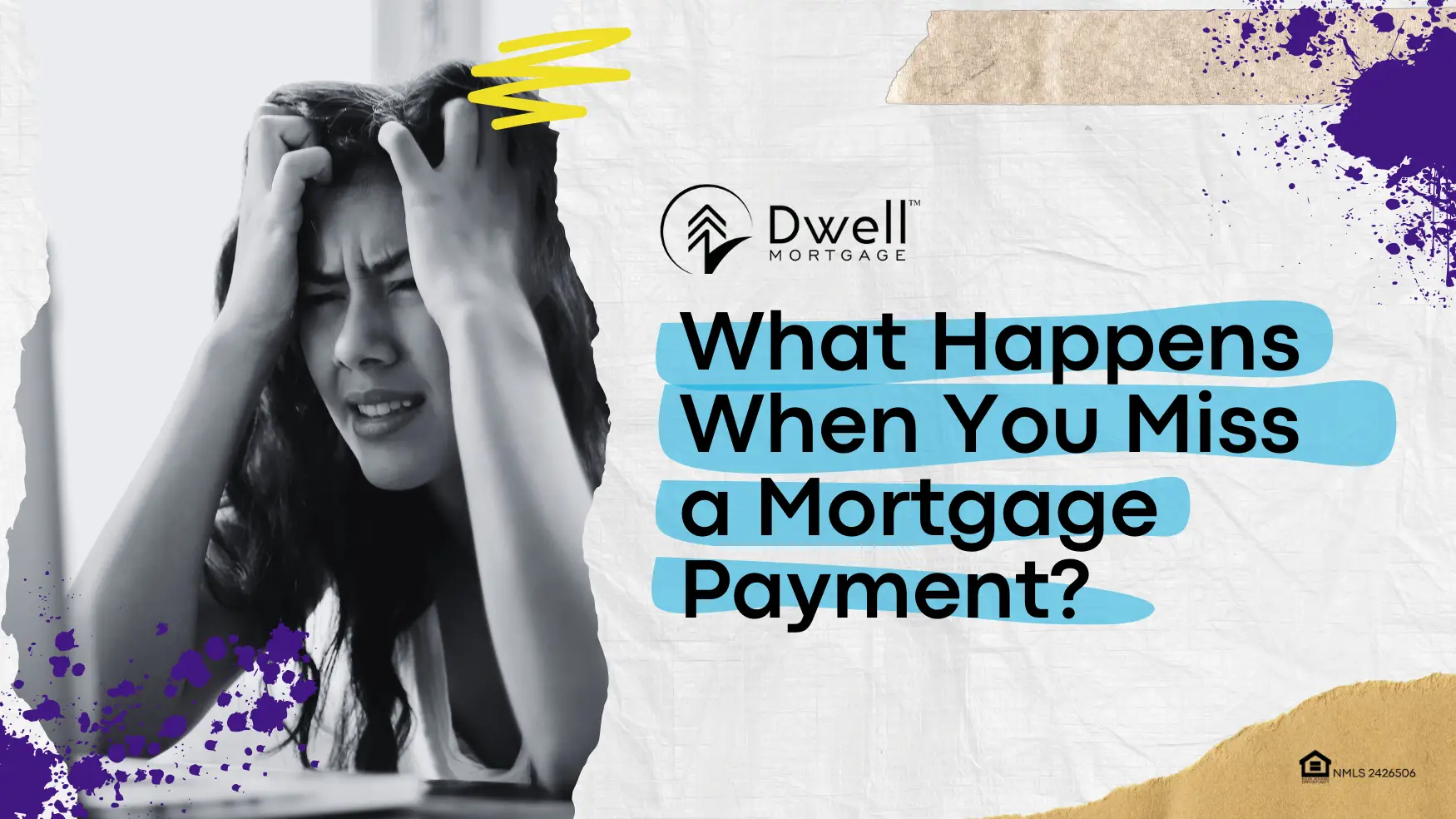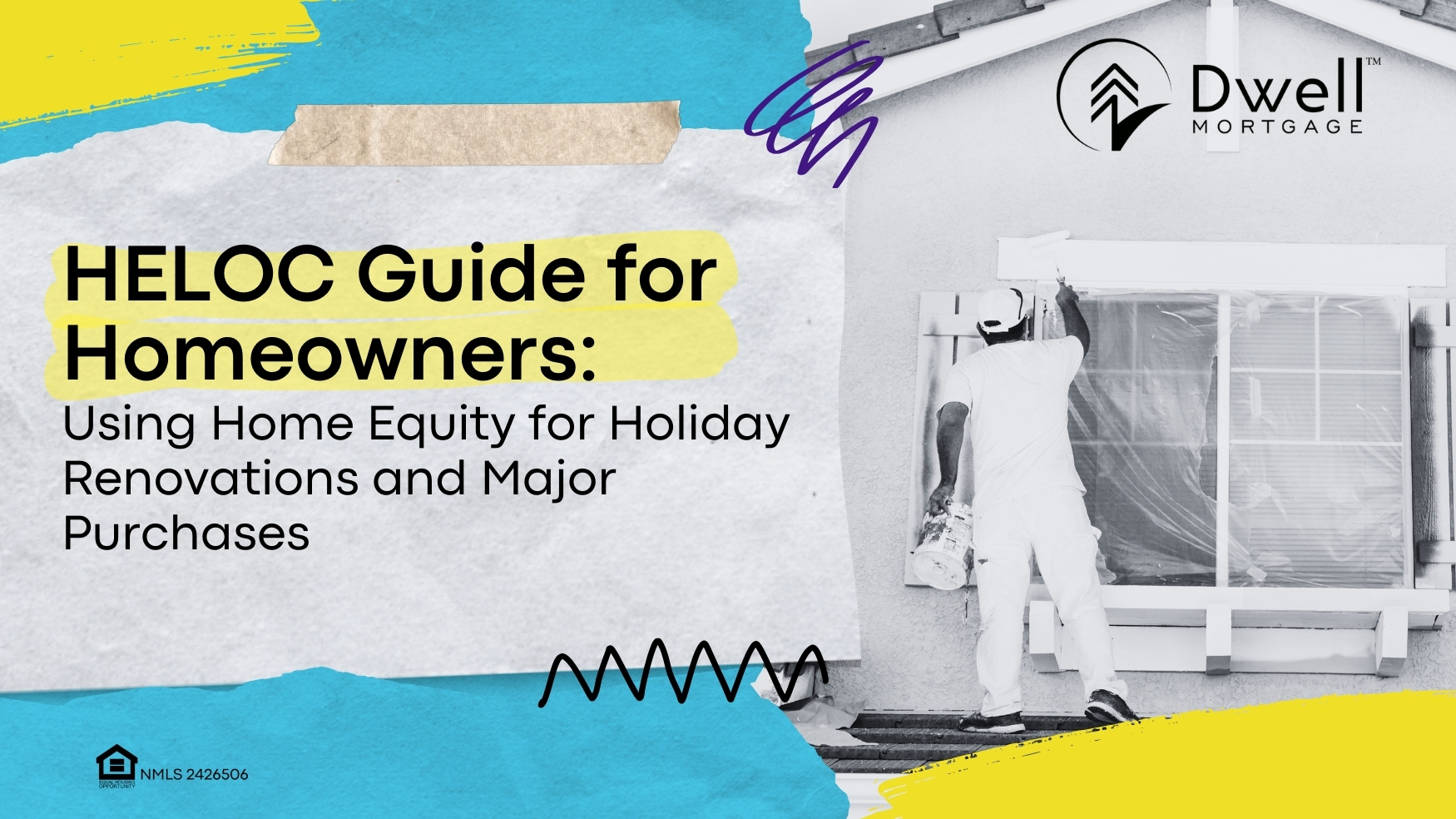Introduction
Buying your first home is more than just a financial transaction; it’s a significant life milestone. That’s why it’s crucial to approach the process with a comprehensive understanding of each step involved. From getting pre-approved for a mortgage to making a competitive offer, we’re here to guide you through the entire home-buying journey. Let’s dive into the essential information every first-time homebuyer should have at their fingertips.
Why Pre-Approval is Your First Step
The Importance of Financial Preparedness
Before you even begin browsing real estate listings, it’s crucial to know your financial standing. The last thing you want is to fall head over heels for a home you can’t afford. Connecting with a mortgage expert to get pre-approved will not only give you a clear budget but also enhance your credibility in the eyes of sellers.
What Pre-Approval Involves
Your pre-approval letter is essentially a financial snapshot, indicating how much you can afford based on your income and credit score. Generally valid for 60 days, this document can be a decisive factor when making an offer on a home.
Recommendation: Create a mermaid diagram to visualize the pre-approval process and its benefits.
mermaidCopy code
graph TD; A[Start] –> B[Connect with Mortgage Expert]; B –> C[Submit Financial Documents]; C –> D[Receive Pre-Approval Letter]; D –> E[Ready to Make an Offer];
The Role of a Real Estate Agent in Your Home-Buying Journey
Expertise You Can Rely On
Having a real estate agent by your side is like having a seasoned guide through the labyrinth of home buying. From scheduling showings to leading negotiations, their expertise is invaluable. They can help you refine your search based on your preferences, such as school districts, home features, and commuting distances, making the process seamless and efficient.
Building a Strong Agent-Client Relationship
Effective communication with your agent is vital. Discuss your preferences and non-negotiables upfront. The more they know about your ideal home, the better they can assist you in your search.
Why Visiting Homes In-Person is Non-Negotiable
The Limitations of Online Listings
While online listings are a great starting point, they can’t replace the experience of walking through a potential home. Photos and descriptions might not capture certain nuances, like the natural light in the living room or the quiet ambiance of the neighborhood.
Double, Even Triple Check Before Making an Offer
We highly recommend multiple visits to the property, ideally at different times of the day. Bringing along your real estate agent can provide you with additional insights that you might overlook.
Consider the ‘Hidden Costs’ of Home Buying
Beyond the Asking Price
While the home’s price, square footage, and number of bedrooms are crucial, don’t overlook additional costs. These might include property taxes, homeowners association (HOA) fees, and even the strength of the Wi-Fi signal in the area.
The Financial Implications of ‘Extras’
Each extra cost adds up, influencing your overall monthly expenses. Therefore, have a comprehensive budget that accommodates these additional factors.
Crafting a Winning Offer and Beyond
The Balance of Competitive and Sensible
In a seller’s market, the competition can be fierce. However, it’s crucial to make an offer that aligns with your pre-approval amount and comfort level. A well-crafted offer backed by earnest money—usually 1% to 3% of the sale price—demonstrates your serious intent to the seller.
Navigating Counteroffers and Closing
Once your offer is on the table, be prepared for a counteroffer. Your real estate agent’s expertise will be invaluable in navigating this stage. And once both parties agree, it’s time to turn your attention to securing your mortgage and preparing for closing costs, which are typically 2% to 5% of the home’s purchase price.
The Mortgage: Your Key to Homeownership
Types of Mortgages
Whether you opt for a 30-year fixed rate or an adjustable-rate mortgage (ARM), understanding your options can save you money in the long run.
Down Payment and Closing Costs
Your down payment could be as low as 3% of the home’s price. However, a lower down payment means you’ll be paying monthly mortgage insurance until you reach a 20% equity level.
Conclusion
Buying your first home is a journey filled with significant decisions at every turn. By understanding each step in detail, you arm yourself with the knowledge to make informed choices, turning your dream of homeownership into reality. With this comprehensive guide, you’re now equipped to embark on your home-buying adventure. Happy house hunting!






